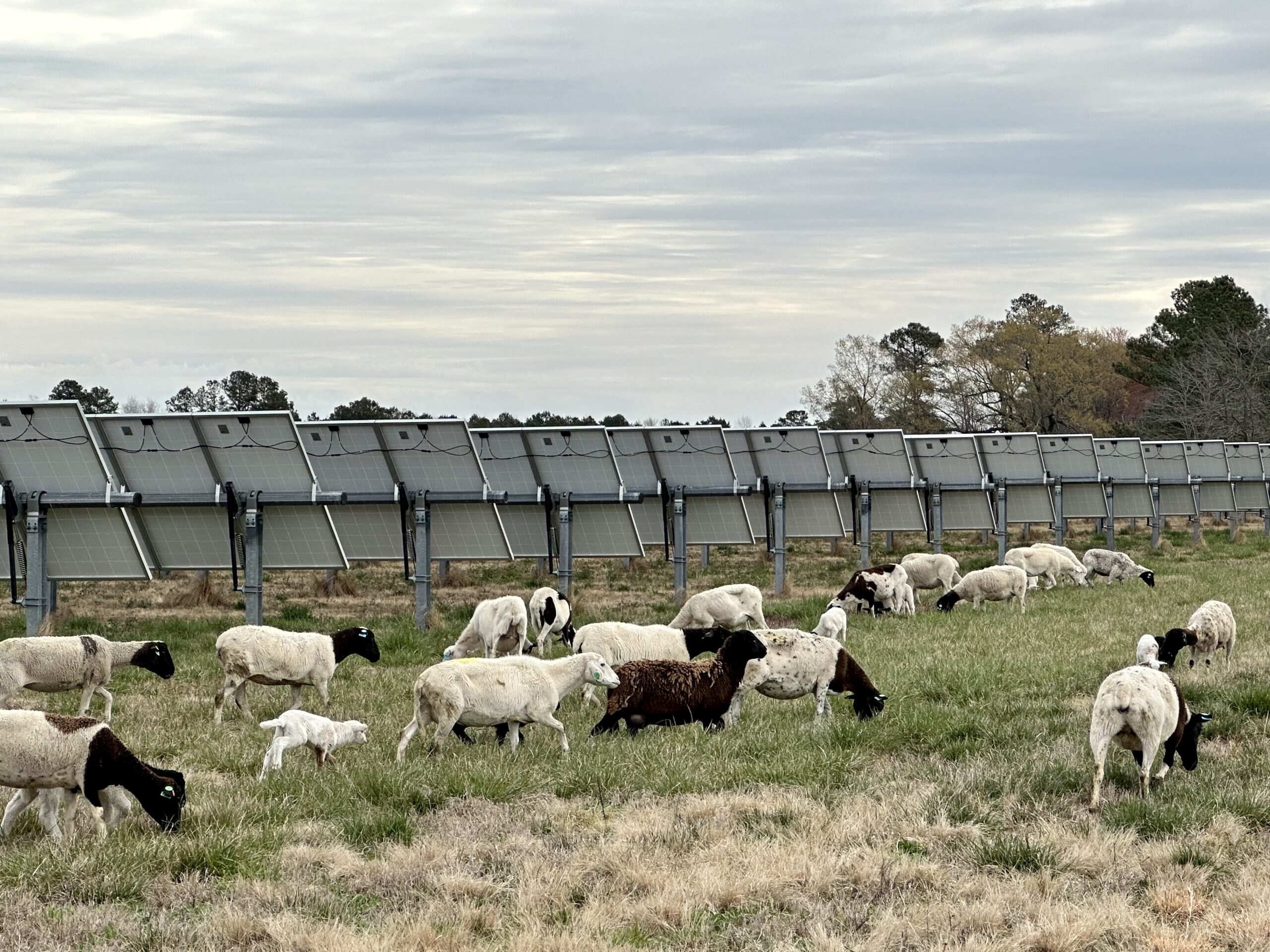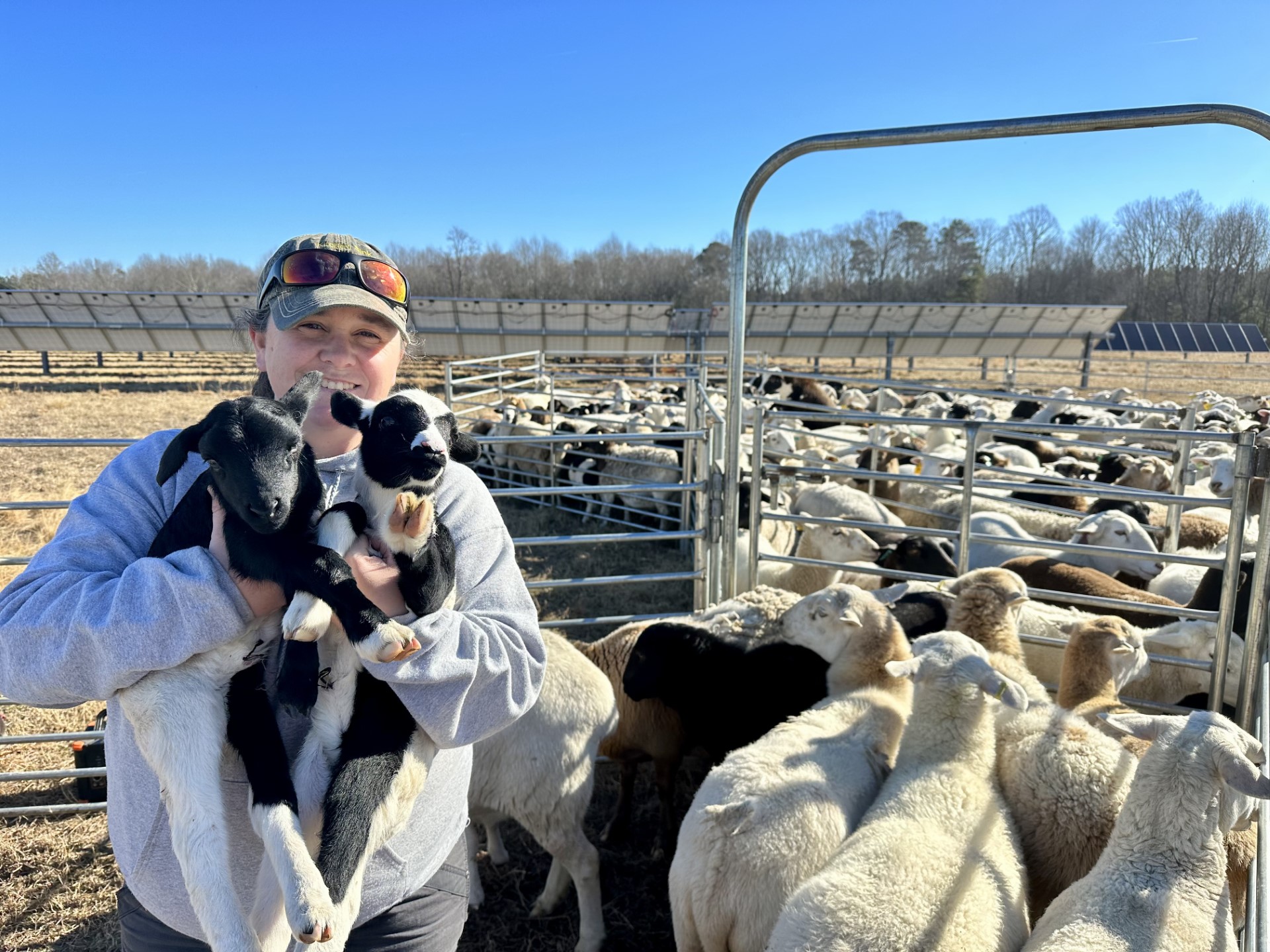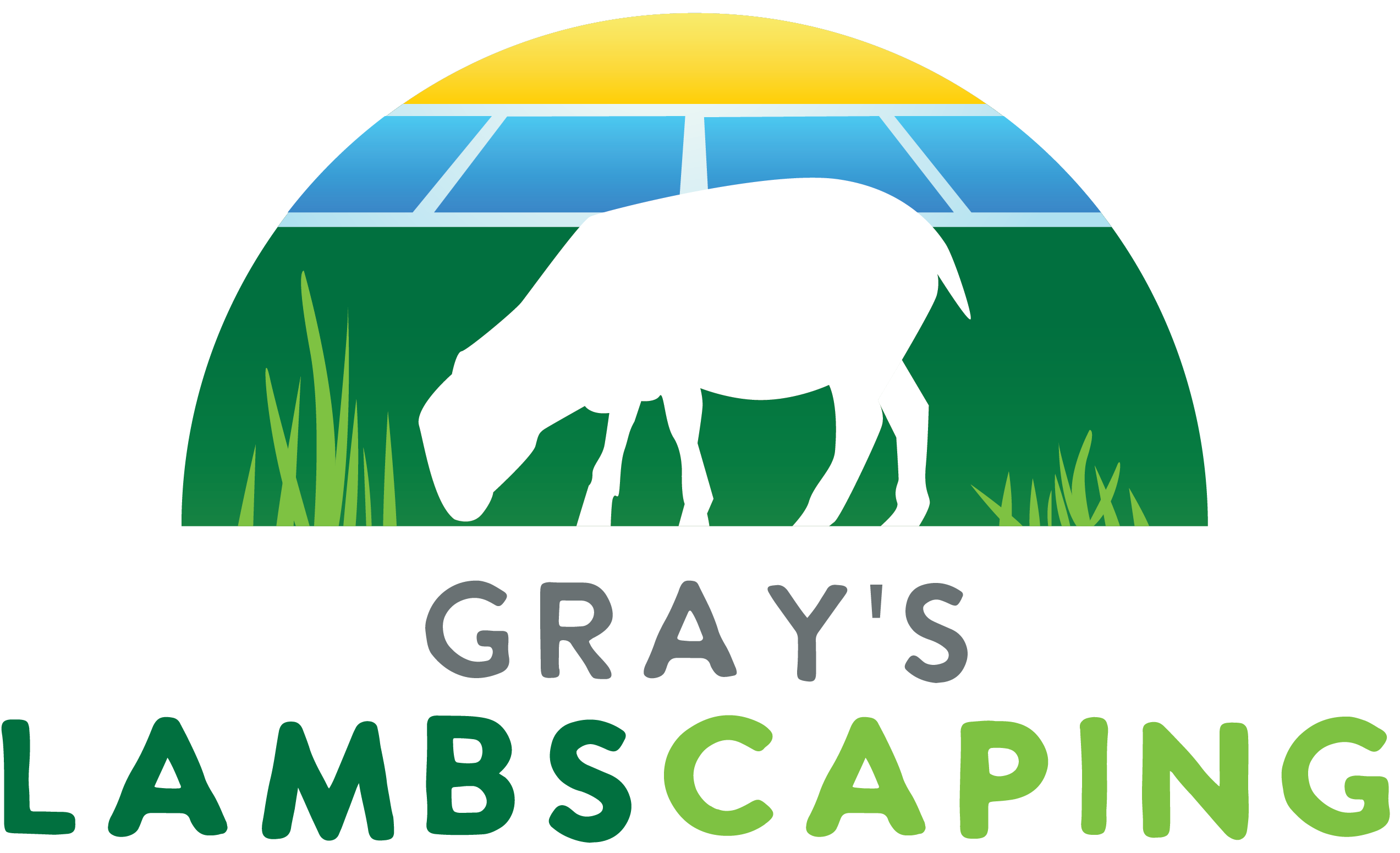The Economic Benefits of Solar Grazing
By: Jess Gray · Jan. 26, 2024 · 4 min
Solar grazing has proven to offer financial advantages alongside its environmental and sustainability perks. Here are some of the critical economic benefits associated with solar grazing.

Solar Grazing Reduces Vegetation Management Costs
One of the most immediate economic benefits of solar grazing is the significant reduction in solar farm vegetation management costs. Solar grazing presents a more economical alternative to conventional landscaping services, with sheep offering a natural approach to managing vegetation that can reduce maintenance expenses for years. Initially, your grazier might employ mowing and grazing; however, the reliance on mowing is expected to decrease substantially as time progresses. By incorporating solar grazing into the maintenance routine of solar farms, operators can achieve considerable long-term cost savings.
The upfront cost of acquiring a sheep flock and developing a grazing strategy will likely be balanced by the savings from reduced mechanical mowing, the need for herbicides, and labor costs typical of conventional vegetation management methods. Solar farms stand to benefit from reduced operational expenses by leveraging sheep for vegetation control, thereby enhancing the economic sustainability of solar energy production. Unlike heavy machinery that can project rocks, dust, and debris toward solar panels, potentially causing damage, sheep can move safely around the installations without posing such risks. For example, a solar farm located on rocky ground in Texas documented saving over $413,000 by choosing sheep over traditional mowing techniques, highlighting the cost-saving potential of grazing. Likewise, Tampa Electric reported that solar grazing achieved a 75% reduction in costs compared to conventional mowing approaches.
Solar Grazing Presents New Revenue Streams for Farmers
For farmers and livestock owners, solar grazing opens up new revenue streams. By leasing their sheep to solar farms for grazing purposes, farmers can earn income from what is essentially a natural livestock behavior. This arrangement can be particularly beneficial when pastureland is scarce, or additional income is needed to support the farm’s operations. Furthermore, the integration of solar grazing practices can lead to healthier herds and improved wool and meat production, enhancing the overall profitability of livestock farming.
The Long-Term Sustainability and Cost Savings of Grazing Vs. Mowing
Over the long term, solar grazing contributes to the sustainability of solar farming and livestock grazing operations, leading to cost savings and financial stability. By improving soil health and biodiversity, solar grazing can enhance the resilience of the land to climate variability, reducing the risk of crop failure or pasture depletion and securing income streams for the future.
The Ripple Effect: Solar Grazing Supports A Vast Network of Industries and Local Economies
Solar grazing extends its influence beyond the immediate realm of renewable energy and agriculture, impacting various related markets and industries. By incorporating sheep into solar farm management, a ripple effect benefits butchers and meat producers by providing a steady supply of grass-fed animals known for their superior meat quality. Similarly, the wool market gains from the increased health and well-being of sheep grazed under solar panels, potentially improving the quality and quantity of wool produced. Feed stores may see fluctuations in demand as sheep grazing on solar farms rely more on natural forage than supplemental feeds. Veterinarians, shepherds, and working dog trainers also find expanded opportunities in this niche, with increased needs for health care, herd management, and livestock guidance, respectively. Each of these sectors – alongside the solar grazing practice – embodies the interconnectedness of modern agriculture with renewable energy, highlighting a holistic approach to land use that supports a wide range of economic activities and fosters community growth and sustainability.
Agrivoltaics Promotes More Efficient Land Use
Solar grazing allows for the more efficient use of land, particularly in areas with limited arable land. The value derived from each acre is maximized by dual-purposing land for solar energy production and livestock grazing. Agrivoltaics increases the economic viability of the land and provides a model for sustainable land use that can contribute to local economies, especially in rural areas where both farming and renewable energy are vital economic drivers.
Grant and Incentive Opportunities
Solar grazing initiatives may qualify for government or private incentives and grants to promote sustainable practices and renewable energy in some regions. These financial incentives can offset the initial costs of integrating solar and grazing operations, making solar grazing an even more economically attractive option for solar farm operators and farmers.

Agrivoltaics Promotes Environmental Stewardship and Market Differentiation
Solar grazing projects contribute to a company’s environmental stewardship profile, which solar companies can leverage in marketing to attract customers who value sustainability. For solar energy companies, demonstrating a commitment to eco-friendly land management can differentiate them in a competitive market. Similarly, farmers participating in solar grazing can market their livestock products as being sustainably raised, potentially commanding higher prices and accessing niche markets interested in environmentally responsible products.
Final Thoughts
The economic benefits of solar grazing are multifaceted, offering significant cost savings, additional revenue opportunities, and enhanced land utilization. These advantages, combined with potential incentives and the contribution to environmental sustainability, make solar grazing a compelling economic model for integrating renewable energy production with agriculture.
About Jess
Jess Gray is the CEO of Gray’s LAMBscaping, LLC, overseeing the company’s financial management, policy development, logistics, and reporting. As a 2023 Nuffield International Agricultural Scholar, Gray has represented her company in over half a dozen countries, focusing her research on integrating solar energy with livestock grazing.



